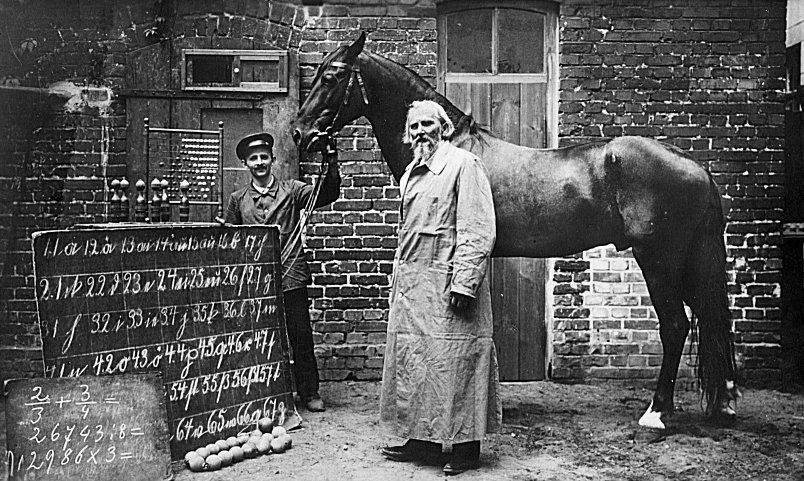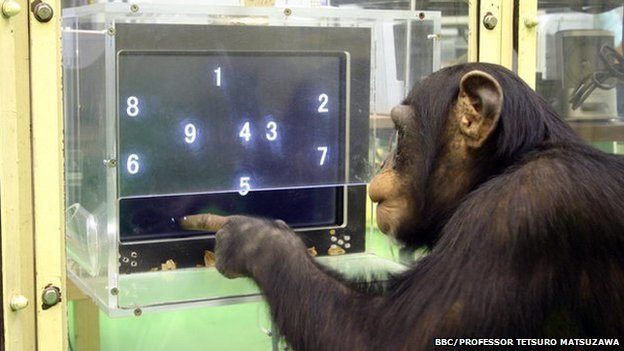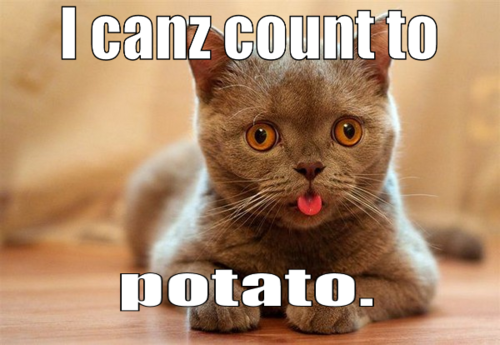I have recently finished my essay for my elective module – Discovering mathematic! Honestly, I found this essay extremely difficult to write and link to my chosen subject.
Overall, I really enjoyed discovering mathematics and I feel that it has increased my confidence in using maths. I learned that maths is not all about numbers and equations but can be used and seen in everyday life. Before this module, I only thought of maths as being a subject that I despised and would never need to use again.
Now, when looking at things within everyday life, I think about the different mathematical principles that may be behind things which I would never have done before undertaking this module.
After reading Ma (2010) “Knowing and Teaching Elementary Mathematics” it has broadened my knowledge in mathematics and made me think differently about the different approaches that I can take within maths. Ma (2010) explains that to have a profound understanding of fundamental mathematics you must possess 4 main principles. These principles are basic ideas, connectedness, multiple perspectives and longitudinal coherence. I feel that when I am teaching, I will be able to apply these principles as I now have a better understanding of these.
Basic ideas are important in order to help children develop mathematical skills. If you do not teach a basic idea, then children will be unable to move on to something more complex. For example, before teaching time in class, children must be able to know about the basic ideas behind this. So first of all, you must teach halves and quarters of a whole number before they can progress to working with time.
Connectedness is important when teaching other subjects that may have underlying mathematics. For example, in art, it is important that you explain to children that there are connections that can be made.
Multiple perspectives are important in order for children to understand that there are more ways in which they are able make sense of mathematical problems. It is important for children to understand that there are different ways in order solve these problems. Multiple perspectives allow children to make these problems easier for them to understand, rather than another complex way of undertaking.
Longitudinal coherence is the one I struggled to understand the most. This looks at developing skills within the curriculum. When teaching music, skills can be developed if children have an understanding of sequences in mathematics. If children do not possess the understanding of sequences, then they will be unable to hear or see the sequences within music.
Overall, I now feel that I have a mathematical brain. I look at everything I see in a mathematical sense which I had never thought about before. I use it every day to make sure that I have enough time to get myself to university and many more things. I feel that this module has enabled me to be open minded about mathematical concepts and think about the world around me with a mathematical perspective.


 All of these numbers appear in Fibonacci’s sequence. The Fibonacci sequence is seen everywhere around us and now, it is evident that it can also be heard in music. When it is seen in everyday life, it can be appealing to the eye but also now we can hear that it is appealing in the way that it sounds.
All of these numbers appear in Fibonacci’s sequence. The Fibonacci sequence is seen everywhere around us and now, it is evident that it can also be heard in music. When it is seen in everyday life, it can be appealing to the eye but also now we can hear that it is appealing in the way that it sounds.
















